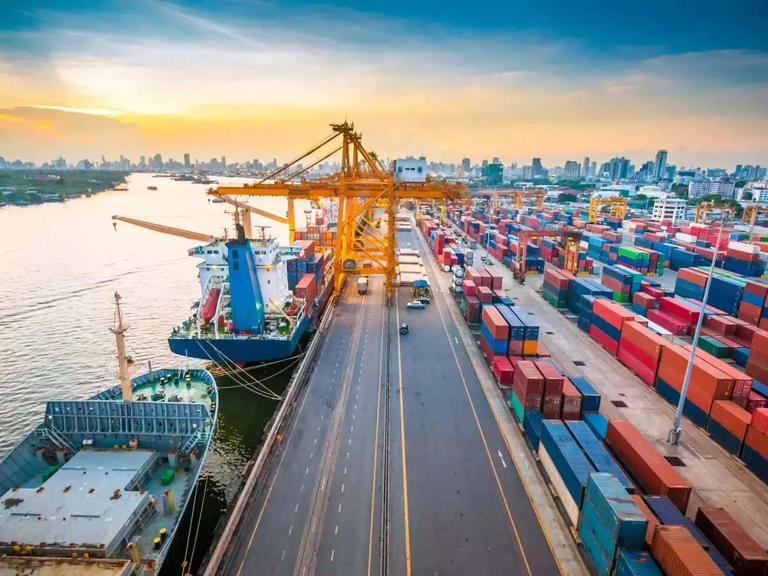Tariff Exemption for India to Boost Indo-US Trade as Exporters Urge Seamless Bilateral Growth
The recent push for tariff exemption on Indian exports by the United States is expected to significantly boost Indo-US bilateral trade, according to exporters and trade experts. With US President Donald Trump signaling the introduction of automobile tariffs and the imposition of reciprocal tariffs on certain nations from April 2, trade analysts emphasize the importance of securing an exemption for India. Exporters warn that any additional tariffs on Indian goods would directly impact shipments to the US and hinder trade growth.
The Federation of Indian Export Organisations (FIEO) has underscored India’s strong case for tariff exemption, citing the country’s constructive engagement with the US at multiple levels, including discussions on a Bilateral Trade Agreement. According to FIEO Director General Ajay Sahai, achieving the ambitious “Mission 500” goal—elevating Indo-US trade from the current $200 billion to $500 billion—requires seamless trade policies, which can be facilitated through tariff waivers.
Industry leaders believe an exemption would eliminate uncertainties surrounding export duties, thereby encouraging higher Indian exports to the US. Meanwhile, the US has already implemented steep tariffs on Chinese goods, signaling an aggressive trade policy. However, policy experts at the Global Trade Research Initiative (GTRI) suggest that India’s chances of securing an exemption remain slim. GTRI founder Ajay Srivastava highlights Trump’s consistent characterization of India as a “high-tariff” nation, making exemptions unlikely without significant trade-offs. Srivastava warns that any relief from tariffs would likely come at a cost, including potential concessions on strategic matters such as allowing Starlink’s operations, Tesla’s market entry, amending the civil nuclear liability law, and removing the equalization levy on US tech giants—a levy India has already scrapped.
Despite these challenges, India is expected to stand firm, prioritizing national and strategic interests over tariff concessions. Srivastava asserts that if Trump proceeds with imposing tariffs, India should remain resilient, as global attention is focused on these trade measures. He believes that the inconsistencies in Trump’s tariff policies could lead to their eventual collapse.
In a parallel development, senior officials from both nations have commenced discussions on a proposed bilateral trade agreement. Assistant US Trade Representative for South and Central Asia, Brendan Lynch, along with his team, is engaged in talks with India’s Department of Commerce officials to finalize the initial phase of the agreement by fall 2025. The US seeks expanded market access in industrial goods, auto, wines, petrochemical products, and select agricultural items, while India may negotiate lower duties on labor-intensive sectors such as textiles.
Trump has repeatedly emphasized India’s high tariffs on American products, justifying the need for reciprocal trade measures. Tariffs, which are government-imposed import duties, significantly impact trade costs and business operations. In 2024, India’s major exports to the US included drug formulations and biologicals ($8.1 billion), telecom instruments ($6.5 billion), precious and semi-precious stones ($5.3 billion), petroleum products ($4.1 billion), gold and jewelry ($3.2 billion), ready-made cotton garments ($2.8 billion), and iron and steel products ($2.7 billion). On the other hand, India’s imports from the US comprised crude oil ($4.5 billion), petroleum products ($3.6 billion), coal and coke ($3.4 billion), cut and polished diamonds ($2.6 billion), electric machinery ($1.4 billion), aircraft and spacecraft parts ($1.3 billion), and gold ($1.3 billion).
The ongoing trade discussions and possible tariff exemptions will play a crucial role in shaping Indo-US trade relations in the coming years. With both nations aiming for a mutually beneficial trade agreement, the developments in this space will be closely monitored by businesses and policymakers.
For video news, visit our YouTube channel THE OLIGO.

